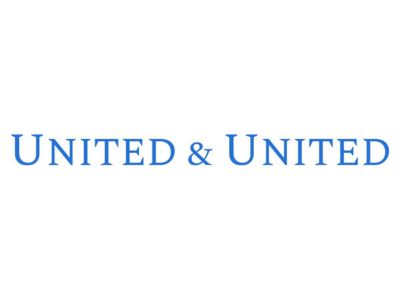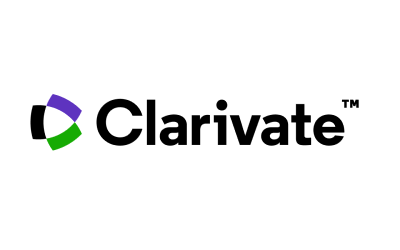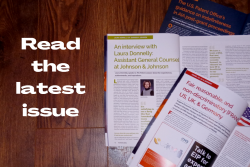In Crystal Crop Protection Ltd. v. Safex Chemicals India Ltd. & Ors., CS(COMM) 196/2024, Neutral Citation: 2025:DHC:3382, decided on May 7, 2025 by Hon’ble Mr Justice Amit Bansal of the Delhi High Court, the court refused to grant an interim injunction, holding that the Doctrine of Equivalents cannot be invoked where an omitted claim element is found to be essential to the patented invention. The judgment offers important guidance on patent interpretation, functional elements, and doctrine of prosecution history estoppel.
Background of the dispute
Crystal Crop is the patentee of Indian Patent No. 417213 titled “Weedicidal Formulation and Method of Manufacture thereof.” The patent claims a composition comprising Clodinafop-Propargyl 9%, Metribuzin 20%, a safener, and a dyeing agent or pigment. The suit alleged that Safex Chemicals and its affiliates infringed the patent by manufacturing weedicidal products like “RACER,” “Trophy,” and “Jodi No.1,” which contained all ingredients except the dyeing agent.
Plaintiff’s reliance on Doctrine of Equivalents
Crystal Crop contended that the dyeing agent merely served an auxiliary purpose—enhancing visibility during application—and did not affect the weedicidal efficacy of the formulation. It argued that the doctrine of equivalents should apply since the “pith and marrow” of the invention were copied. Reliance was placed on Sotefin SA v. Indraprastha Cancer Society & Research Center, 2022 SCC OnLine Del 4299; UPL Ltd. v. Pradeep Sharma, 2020 SCC OnLine Del 1770; and SNPC Machines (P) Ltd. v. Vishal Choudhary, 2022 SCC OnLine Del 1746. In these precedents, Indian courts had accepted that minor modifications or omissions did not shield an infringer when the core inventive concept was reproduced. Crystal argued for a liberal application of this principle.
Defendant’s emphasis on claimed element’s essentiality
Safex countered that the dyeing agent was not merely decorative but functionally important. As described in the complete specification, the dye improved the visibility of the chemical when applied to crops, thus preventing overuse or underuse and ensuring uniform distribution. Safex asserted that this element was not only claimed but integral to solving a technical problem identified by the patentee itself. The defendants further emphasized that the inclusion of the dyeing agent had been defended during patent prosecution, including multiple pre-grant oppositions and litigation. Thus, its essentiality was already adjudicated and affirmed.
Court’s reasoning and analysis
The Hon’ble High Court of Delhi held that where a patent claim explicitly includes a feature tied to a technical effect, as the dyeing agent was here, its omission cannot be excused through the doctrine of equivalents. The court distinguished the cited precedents, noting that in Sotefin, the omitted element had been independently found non-essential, and in SNPC, the functional outcome remained unchanged despite structural differences. In contrast, the dyeing agent served a safety and efficacy function that had no substitute in the infringing products. The court implicitly invoked prosecution history estoppel by observing that Crystal Crop had defended the inclusion of the dyeing agent throughout prosecution and post-grant challenges. Having treated it as essential to gain patent protection, the plaintiff could not now argue that it was dispensable for infringement analysis. This reflects a clear application of estoppel against claim broadening based on prior prosecution statements or conduct.
Interim relief: balance of convenience and public interest
On the issue of interim relief, the court concluded that Crystal Crop had not shown irreparable harm. Its market share and ongoing operations indicated that monetary compensation could be adequate. Moreover, granting an injunction would disrupt the defendants’ commercial operations without conclusive proof of infringement. While denying interim relief, the court directed the defendants to maintain accurate accounts and submit half-yearly statements on the manufacture and sale of the allegedly infringing products.
Limits of Doctrine of Equivalents in Indian patent law
This judgment reinforces a strict approach to claim interpretation in Indian patent law. Where an element has been explicitly disclaimed and defended during prosecution, it is presumed essential. The Doctrine of Equivalents cannot override such express limitations without clear evidence. Further, this case reflects Indian courts’ increasing receptivity to prosecution history estoppel as a restraint against belated claim expansion.

Written by Ajay Amitabh Suman
Patent and Trademark Attorney, United & United
You may also like…
Survival of the fittest: Strava sues Garmin for patent infringement
Fitness app company Strava has recently made waves in the running and cycling communities after suing Garmin for...
FRAND compliance and conditional injunctions: key lessons from China’s VoiceAge v. HMD SEP decision
Case background and conditional injunctions A recent ruling by the Fuzhou Intermediate People’s Court has drawn...
Clarivate delivers new AI-powered solutions within Innography for competitive benchmarking and standard-essential patent analysis
AI Classifier delivers patent classification with up to 97% first-pass accuracy for portfolio benchmarking, while SEP...
Contact us to write for out Newsletter














